Boom in real estate investment in prime properties in Cantabria and Asturias
With increasingly shorter winters and longer and more scorching summers, coastal towns and cities of the Cantabrian Sea, both in Cantabria and Asturias, have been concentrating a growing real estate interest for several years.
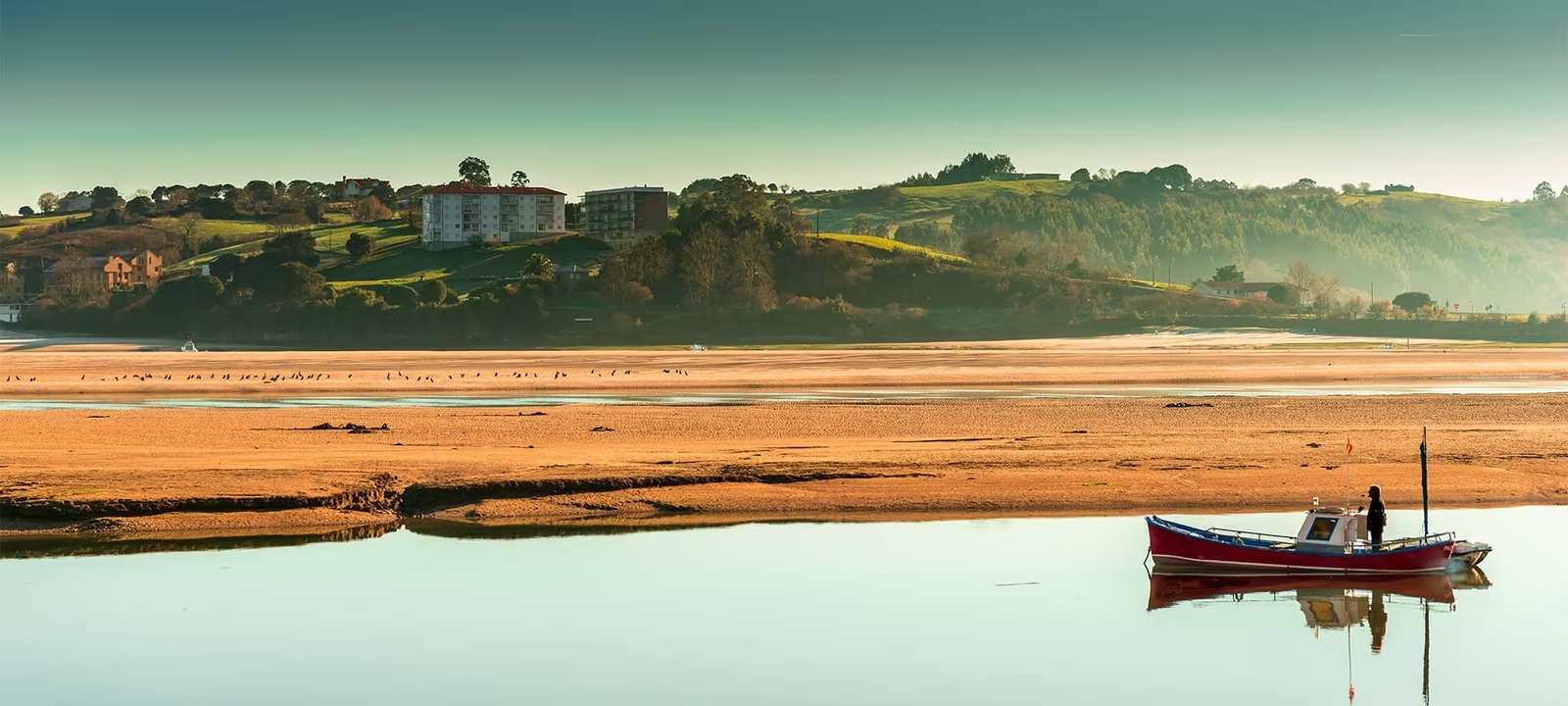
The Covid pandemic marked a before and after in real estate activity in Cantabria and Asturias. The increased interest in being in contact with nature, coupled with the undeniable factor of climate change, opened a new paradigm.
A situation with increasingly shorter winters (as we are seeing in recent years) and longer and scorching summers, has caused some real estate investors, both individuals and companies, have set their sights on places with milder climates -especially in summer-, to channel the destination of their investments, and for the route of their investments.
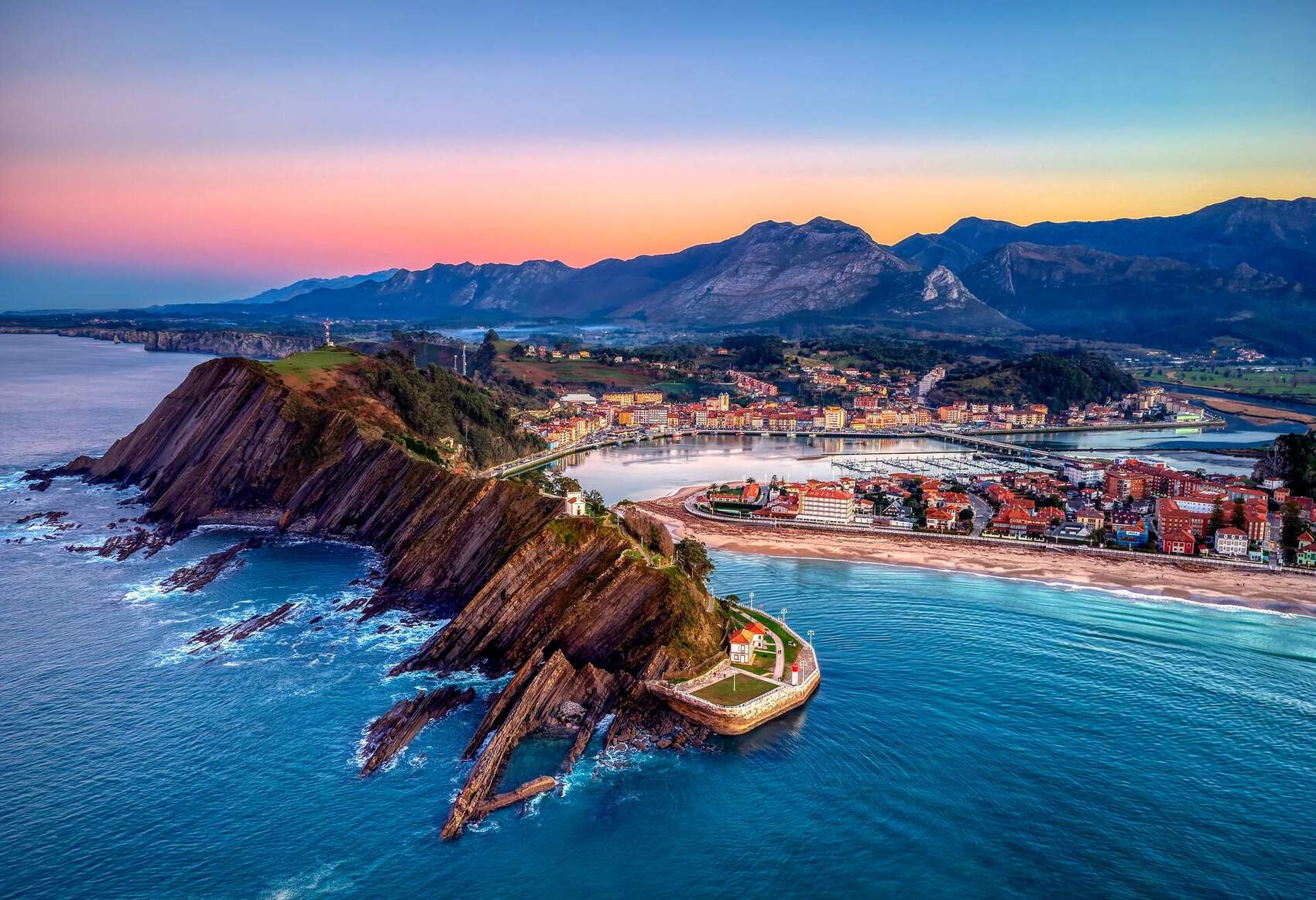
And it is in this context that coastal towns and cities of the Cantabrian Sea, both in Cantabria and Asturias, have been concentrating a growing real estate interest for several years, certified by the increase in the number of homes sold, plots acquired for new projects of new plant and activation, by the municipalities, of their respective management plans to cover a future demand for new urban developments.
There is also an increase in the number of studies carried out by national and international hotel chains to establish boutique hotels in unique and historic properties, both in the western part of Cantabria and on the eastern coast of Asturias.
The Vestige Collection chain, promoted by the businessman Víctor Madera, is carrying out this new valorization of properties, with an active project, the Palacio de Figueras, in Asturias, and the announcement of future locations. Other examples of boutique hotels oriented to the luxury segment are the Palacio de la Helguera, in Cantabria, and the recently opened Pico Velasco, located in a 17th century mansion in the marshes of Santoña.
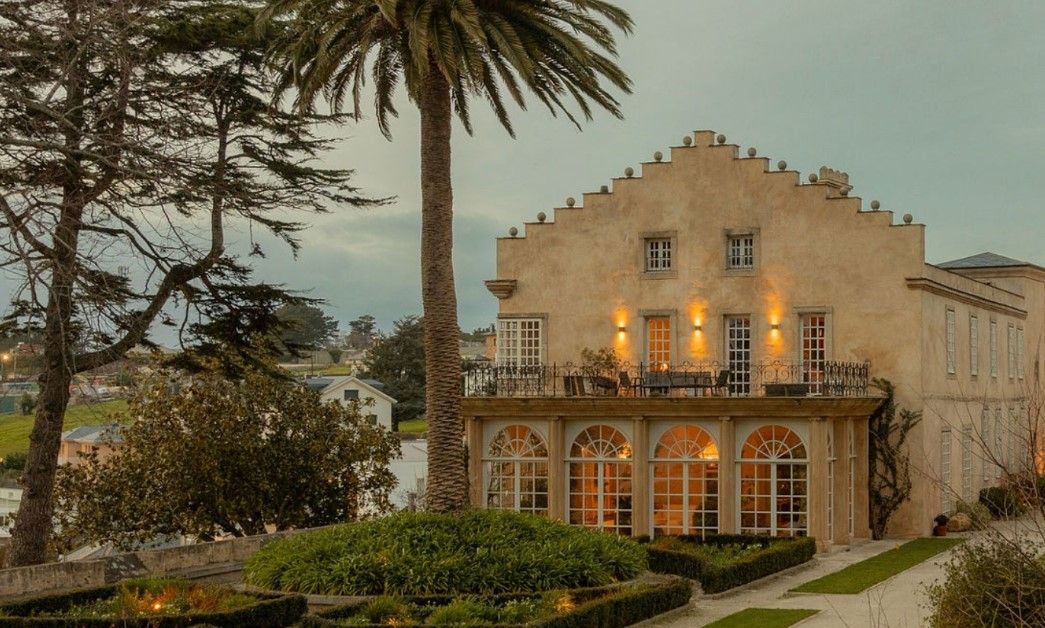
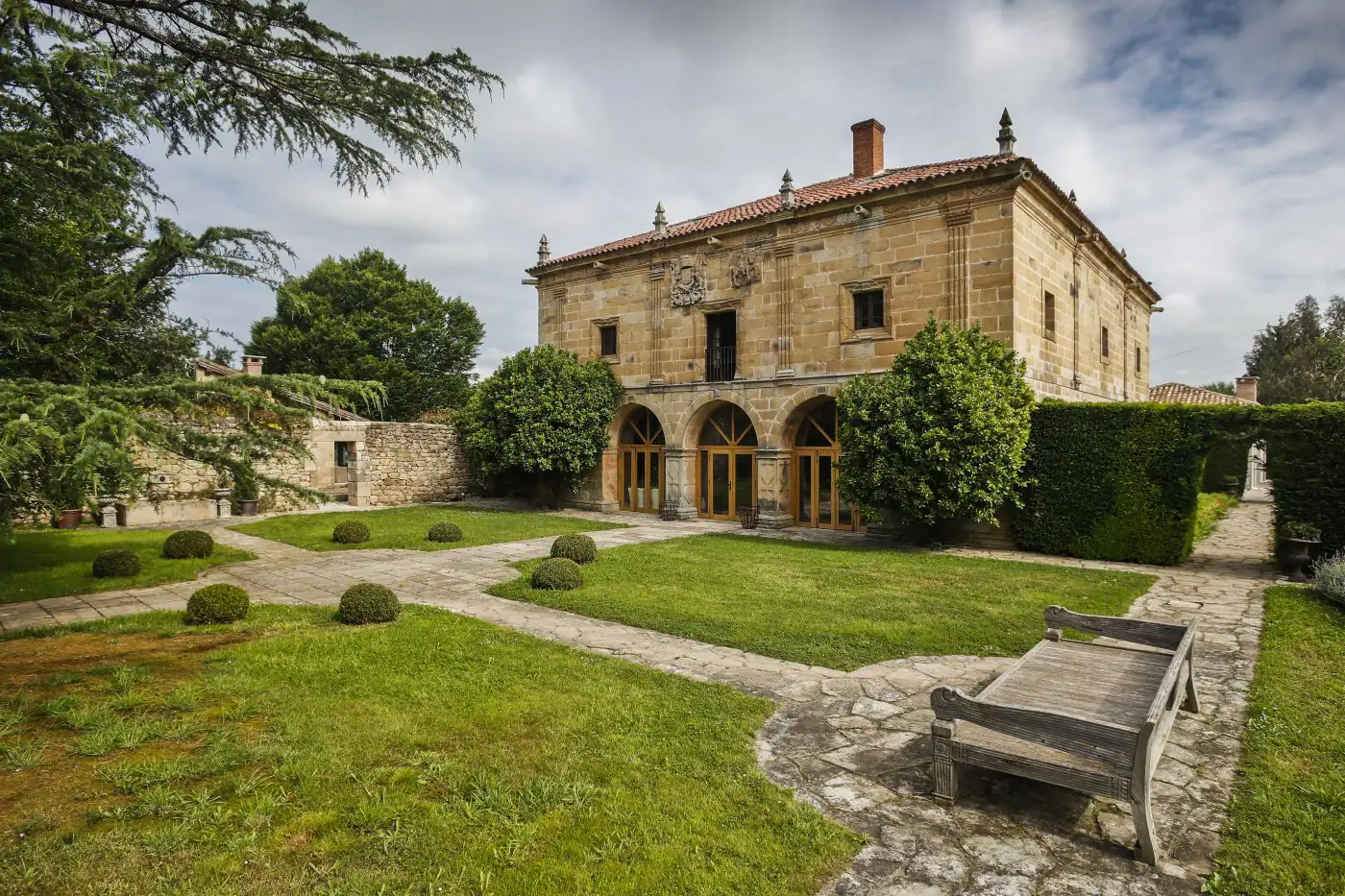
“We currently have several active demands from national and international hotel groups. Last year we sold palaces that had been on sale for ten years. Some of them are going to be used as second homes, but others are going to be converted into first class holiday rental homes, a product that we are very used to seeing in the Balearic Islands but which was unthinkable in these areas. Our last transaction in 2023 has been the Palacio de Las Magnolias, a jewel of 19th century Indian architecture”, comments Silvia H.
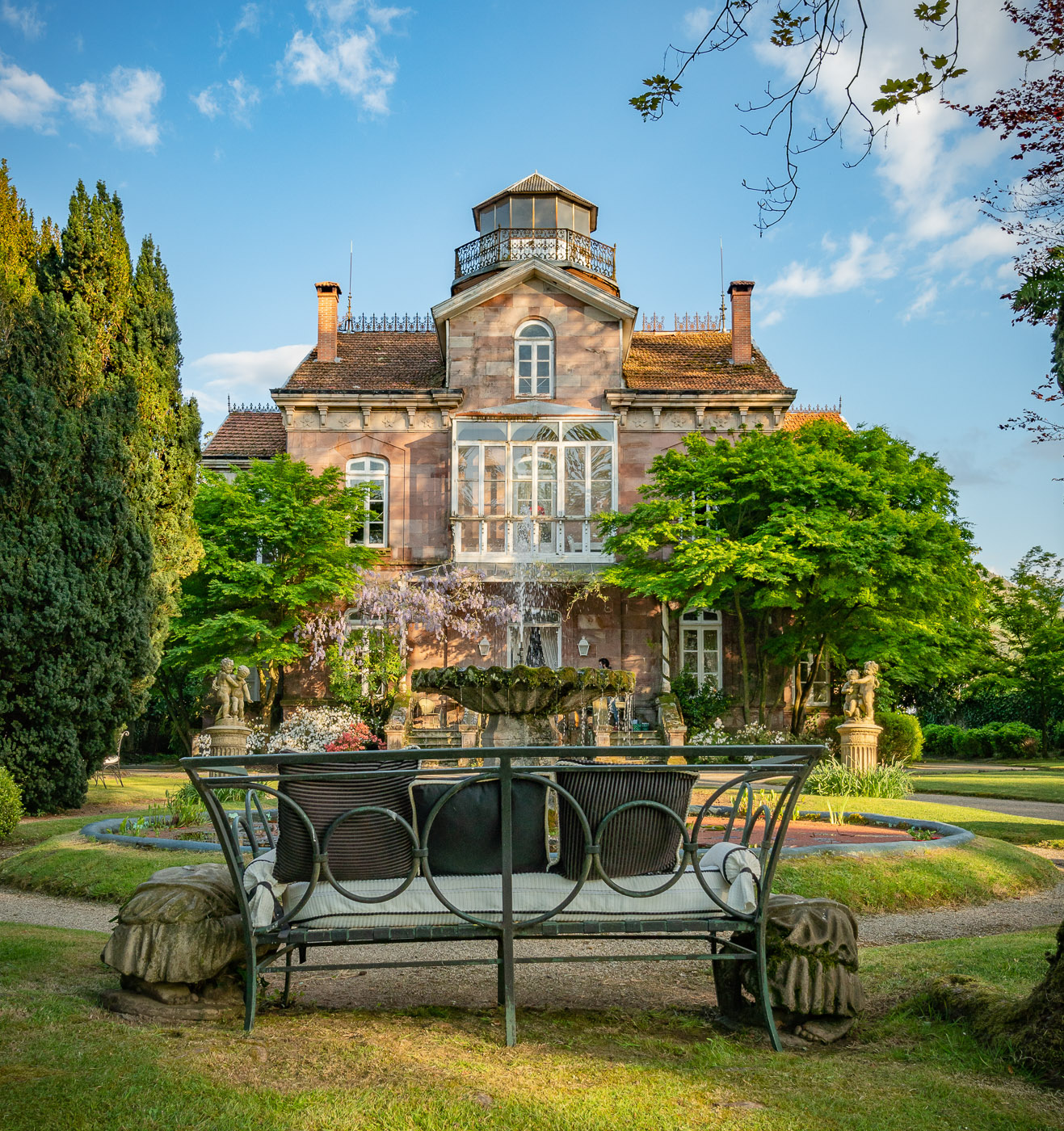
Interest in land has also skyrocketed. After a few years without much activity, there are now dozens of new developments on the market, some with BREEAM® certification and connections for electric cars.
It is enough to look at the official statistics to see how, after the general halt in activity in 2020, real estate transactions in general, and home sales and purchases in particular, are showing a considerable increase. Thus, in Cantabria, according to data from the National Statistics Institute (INE), between 2021 and 2023 both real estate transactions increased by over 20% compared to 2019, the year before the pandemic. Similar percentage increases are occurring in Asturias.
In the case of Cantabria, this real estate boom is perceived both in Santander and in other municipalities along the coast. The Cantabrian capital is one of the cities that, during 2023, has increased its average price per square meter the most. There are already repercussions that reach maximum levels in some very exclusive and unique developments, around 13,000 €/m2, something unimaginable until now. “There is a lot of interest in unique properties in the city of Santander. We have recently sold off market one of the last mansions with sea views, located in Avenida Reina Victoria, 61. It is very difficult to access this type of product,” says Silvia H.
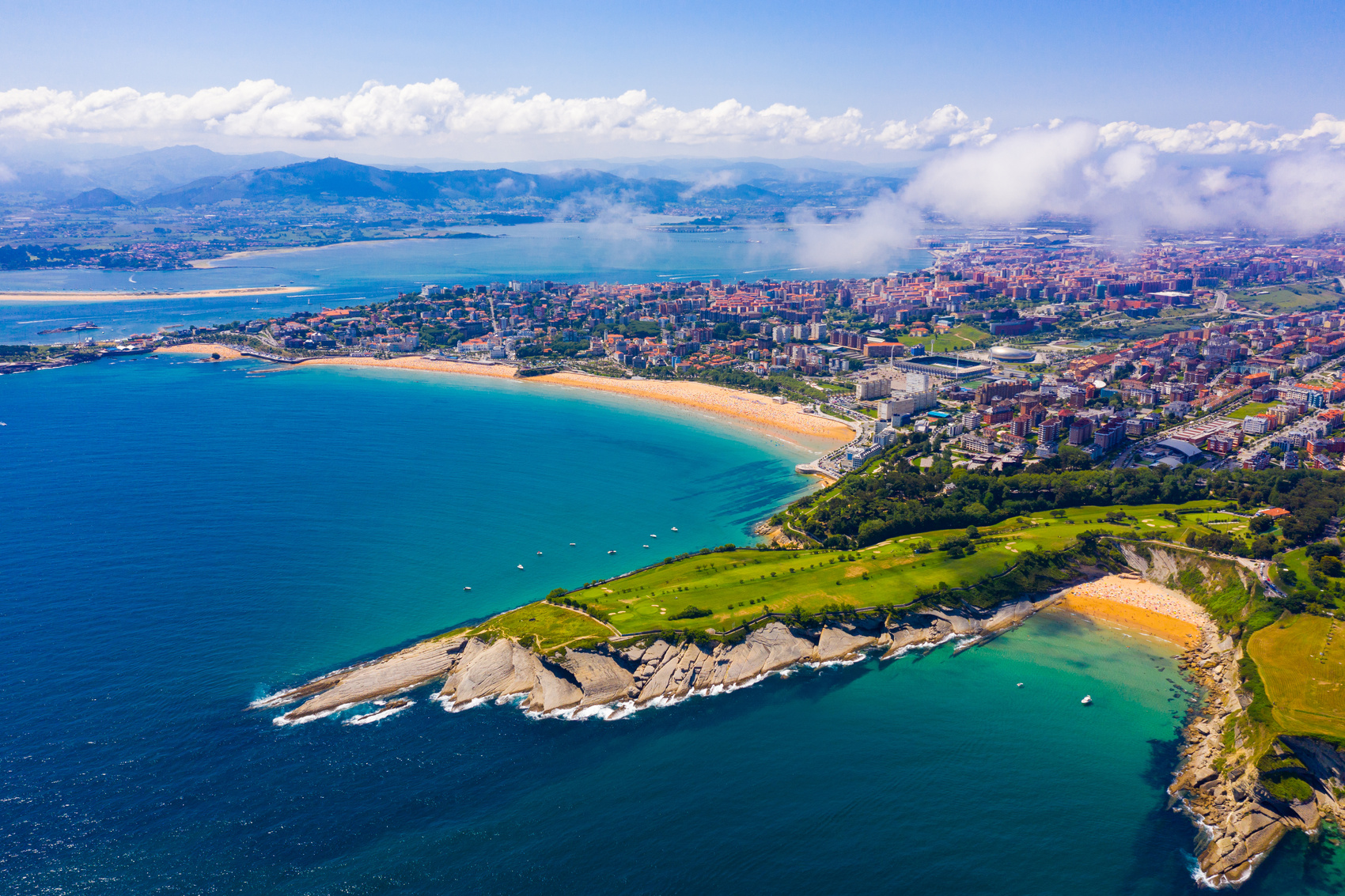
In towns and coastal or inland areas there is a demand to acquire plots of land, single-family homes, farms with isolated but well-located houses, or Cantabrian manor houses and palaces of Indianos. Most of these houses, built between the sixteenth and nineteenth centuries, require careful and comprehensive renovations for their subsequent incorporation into the prime holiday rental market, such as Casa de Mareas in Escalante, one of the first in the Trasmiera area, which combines the conservation of original elements, masonry details and wooden galleries with a contemporary contrast, both in distribution and interior design.
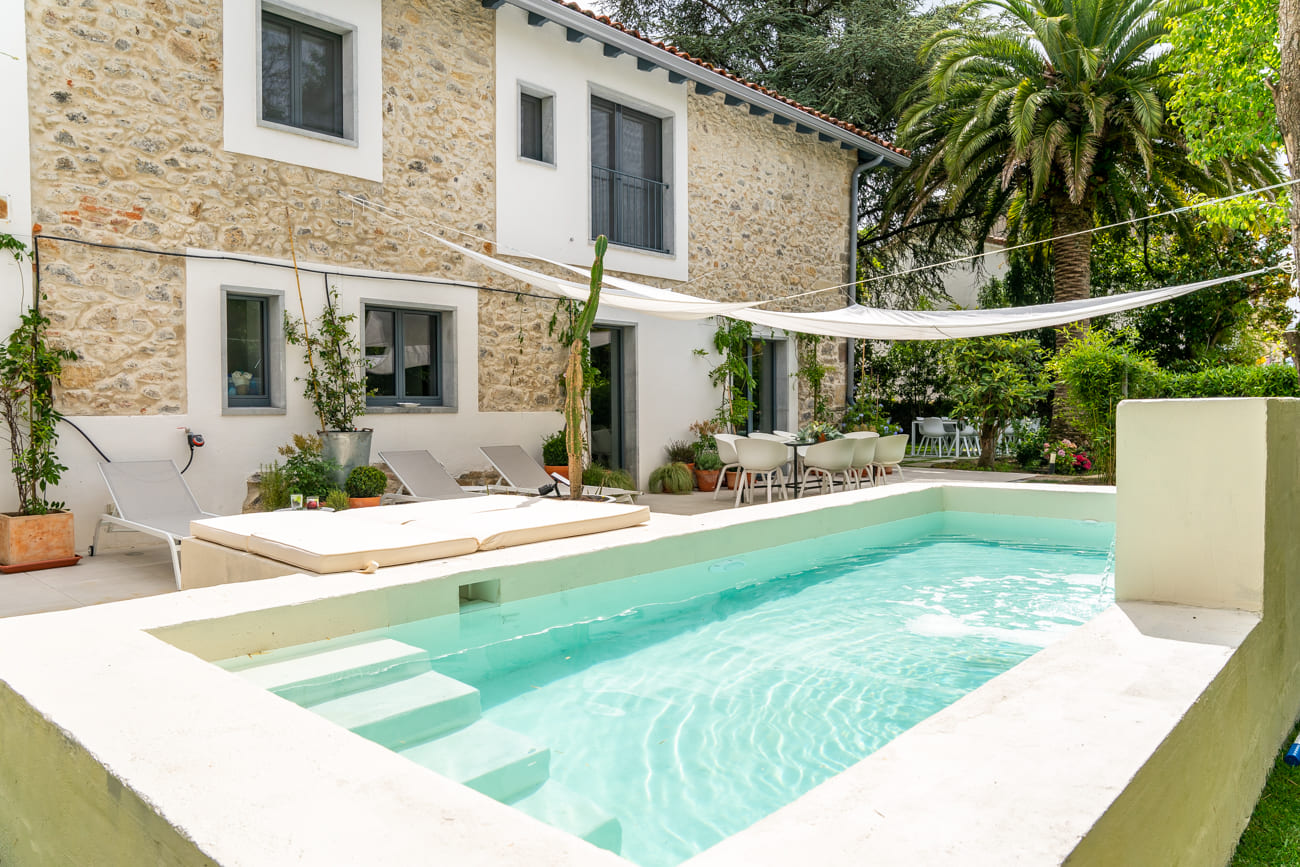
In the eastern part of Asturias, municipalities such as Ribadesella have several new construction projects underway, where 4-bedroom single-family homes, with about 150 square meters built and a plot of 600 square meters, are priced at around 500,000 euros.
Further west, around the area of Gijón, the municipality of Luanco is also entering the prime business, with designer villas of more than 300 square meters built, with a price range that varies between 1.5 and 2 million euros.
Nor can we forget those rustic houses and farms, dedicated to agricultural and livestock activities, on which now, thanks to the Cantabria Building Law of 2022 and the various regulations issued by the Regional Commission for Land Management and Urban Planning (CROTU), multiple segregation projects are being addressed in soils close to urban centers, to support both residential use and the implementation of other leisure, hospitality or geriatric activities.
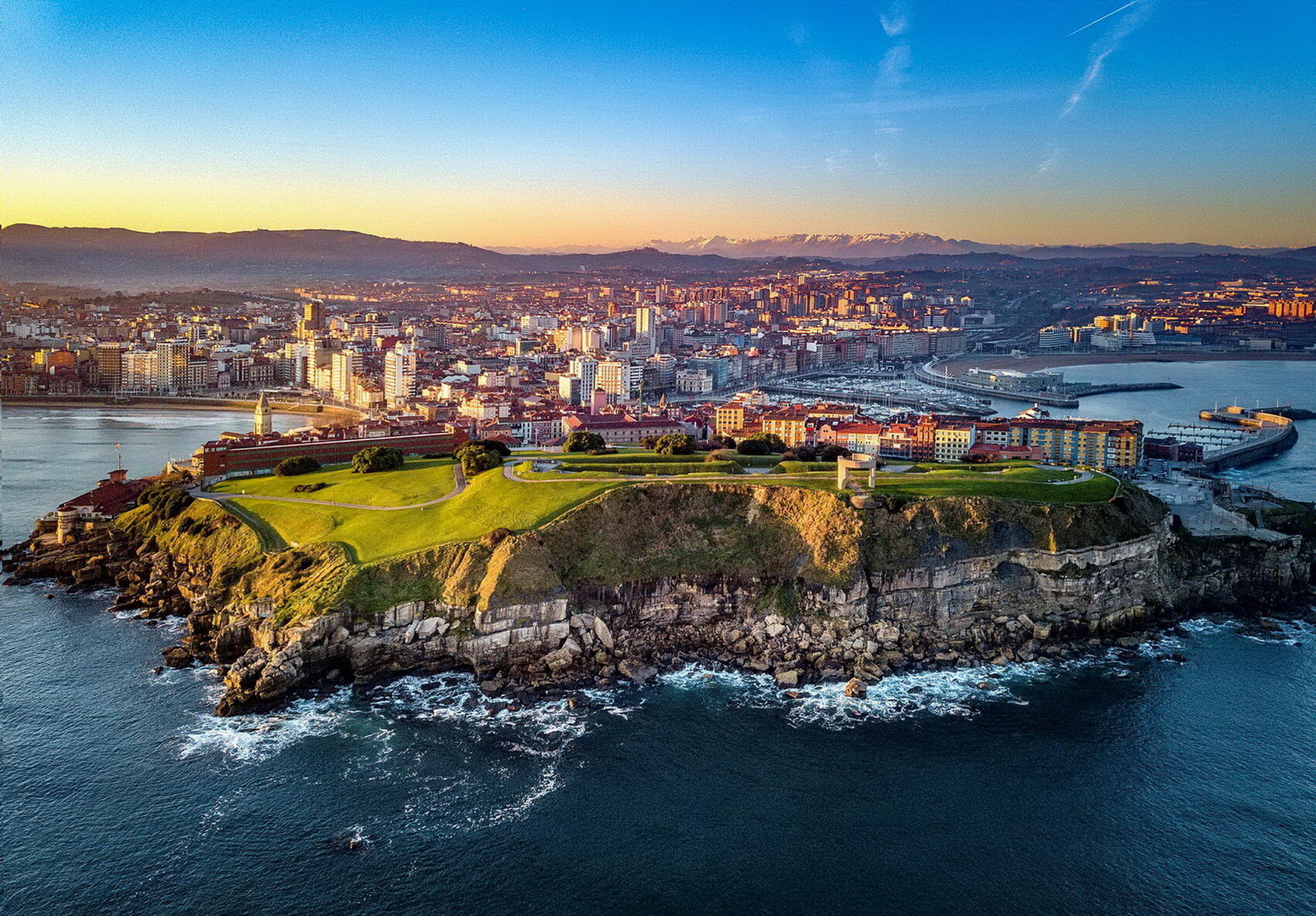
The interest in acquiring some of these properties comes, increasingly, from residents outside Cantabria. Approximately 25% of the real estate transactions closed in this region were executed, in equal parts, by residents of the Basque Country and Madrid, according to data from the INE. We are talking about more than 2,000 transactions carried out by residents of these two autonomous communities, compared to the 8,000 registered in Cantabria over the past year.
A circumstance that, according to the statistical data of the Ministry of Housing and Urban Agenda, is not seen in Asturias, where buyers from Madrid do exceed 10% of the transactions undertaken in 2023, but the same does not happen with those originating from the Basque Country, who maintain home purchase quotas in Asturias similar to those of other regions.
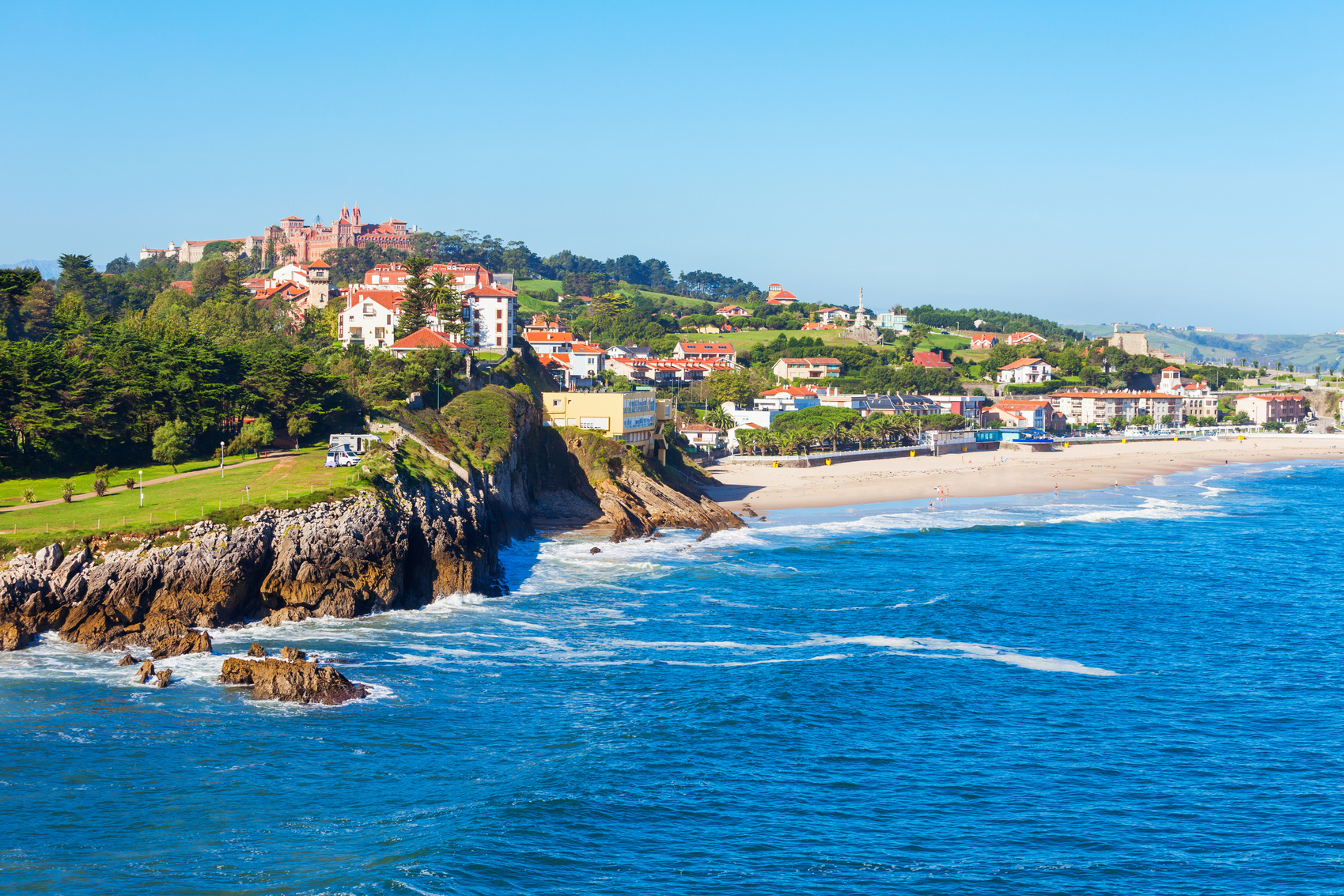
“The most common request from private clients looking for a second home is a charming detached house with a large garden and sea views. This type of product is scarce and is marketed at high prices. Many times they are not even on the market, but when they are found, they are usually much more affordable than in Mallorca, Ibiza or Formentera, where the prices are astronomical”, Silvia H. tells us.
Apart from Spanish investors, after the Covid19 pandemic, Spain has increased the interest of foreign clients, mostly French, German, English or Dutch in national terms according to the INE.
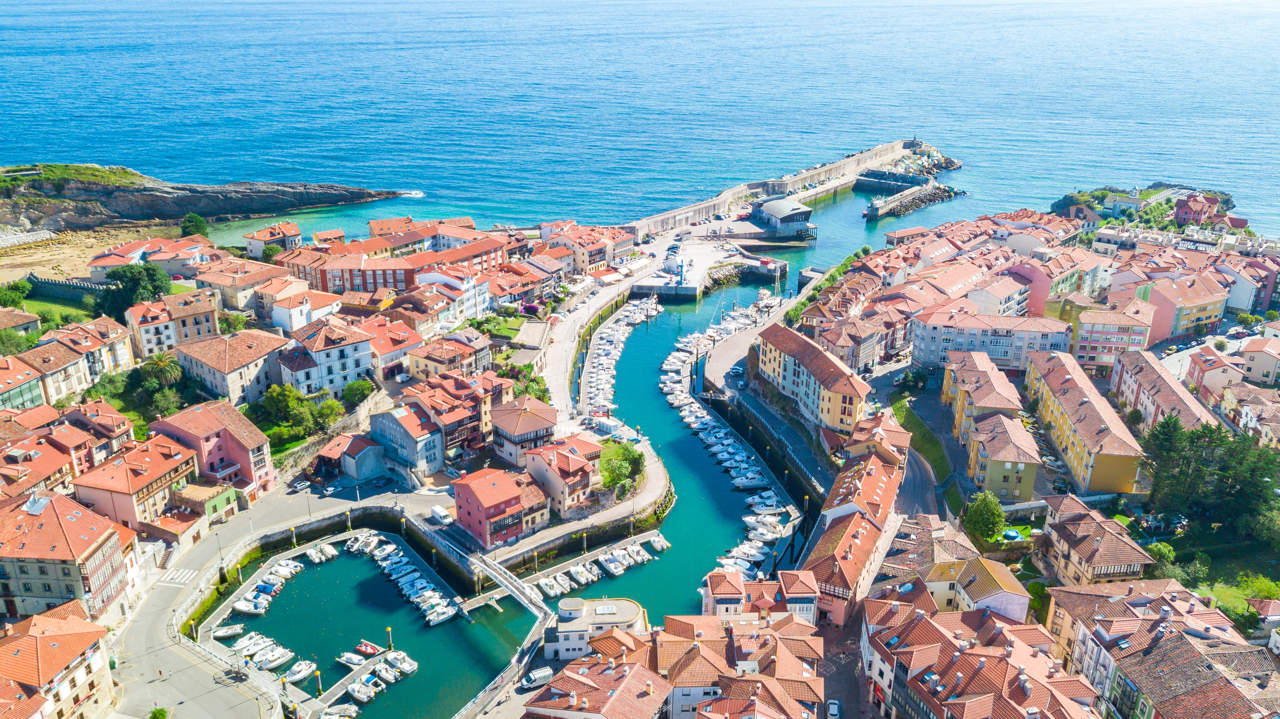
In addition, in Cantabria and Asturias the presence of Mexican investors is becoming evident, in many cases descendants of Asturians and Cantabrians in search of the roots of their ancestors. “With regard to foreign clients, we have noticed a growing interest from French, Canadian, Swiss and also Spanish residents in the USA, Canada and England”, Silvia Hengstenberg points out. Some buy a house as a second home, but others are starting to spend long periods of time there or are setting up all kinds of businesses.
The reasons for this incipient transfer of real estate interest from other areas to the north are to be found in the growing global warming, which is increasingly punishing destinations on the Mediterranean coast, the prospects for retirement, the opportunity to invest in very affordable unique properties, compared to the Balearic Islands, the lower concentration and greater natural protection, as well as improved communications, such as the new AVE to Oviedo.
An accumulation of reasons that support the growing interest in the north. “We are being contacted by more and more clients who are selling their properties in the Balearic Islands or in destinations such as Sotogrande who want to change their location”, says Silvia H.
These movements bring with them a change of model within the luxury residential segment, which has ceased to be almost exclusively the second home of a few years ago, to become a space in which to spend increasingly longer periods of time, or even to invest for rental profitability.
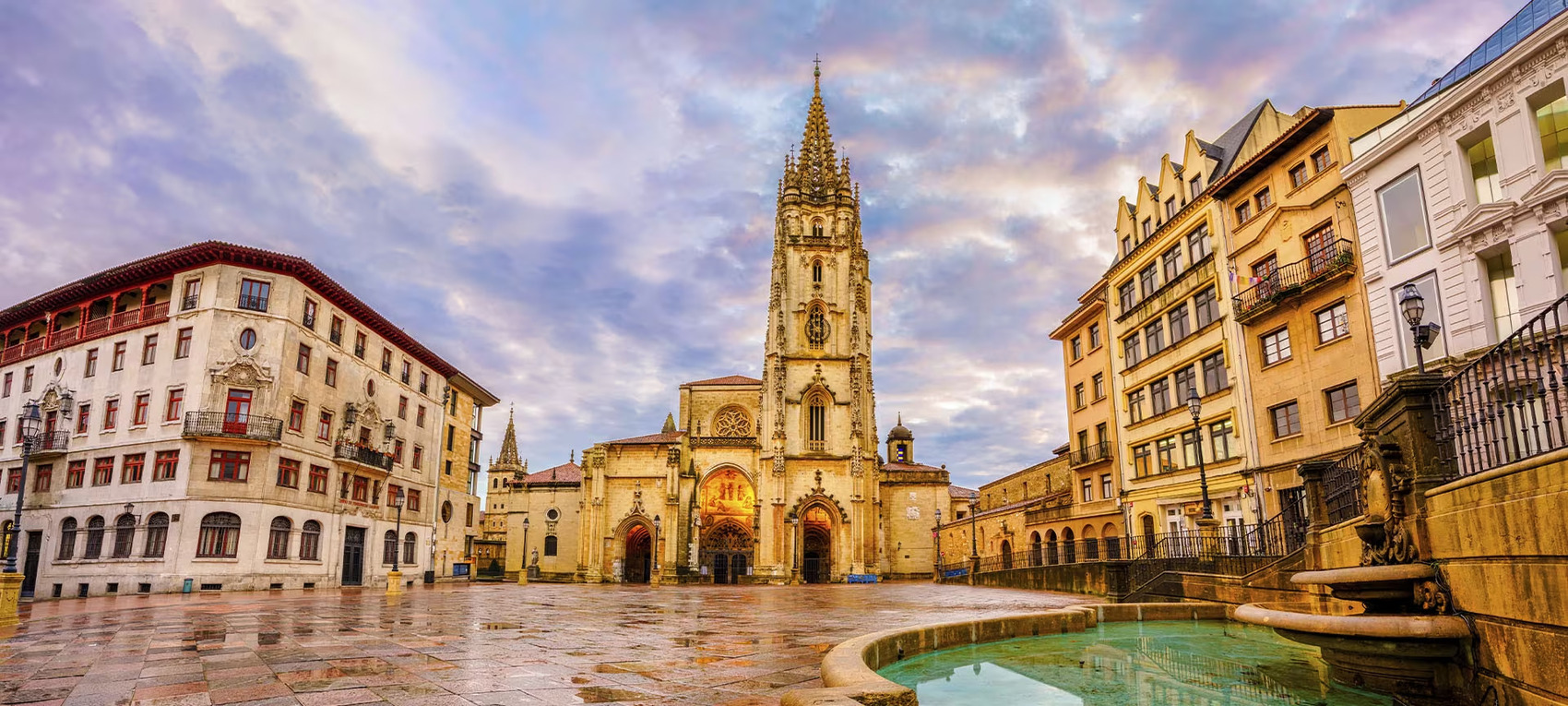
A circumstance that is also perceived both in the number of transactions and in the prices at which they are closed. In Spain, the number of luxury home transactions has doubled. In 2022 the sale of homes under 600,000 euros grew by 9% while the sale of homes over one million grew by 31%. If in 2021 around 3,800 homes over one million in all of Spain, in 2022 there were almost 5,000 homes.
The health of the luxury residential sector was analyzed last November at the first Premium Real Estate Summit, held in Madrid, where experts highlighted the good prospects ahead for this niche real estate market, as Spain is becoming a fashionable destination worldwide, based on pillars such as security, culture, gastronomy and quality of life.
In addition, there is confidence about the evolution of prices in this segment, since, in 2015, the price rarely exceeded €9,000 per square meter, while today the maximum prices can reach €20,000.
This forum also addressed in depth the issue of sustainability in the luxury residential sector, as an opportunity for clients and a strategic decision for companies. Not surprisingly, according to projections for 2024, it is expected that 50% of buildings will have sustainability certification.
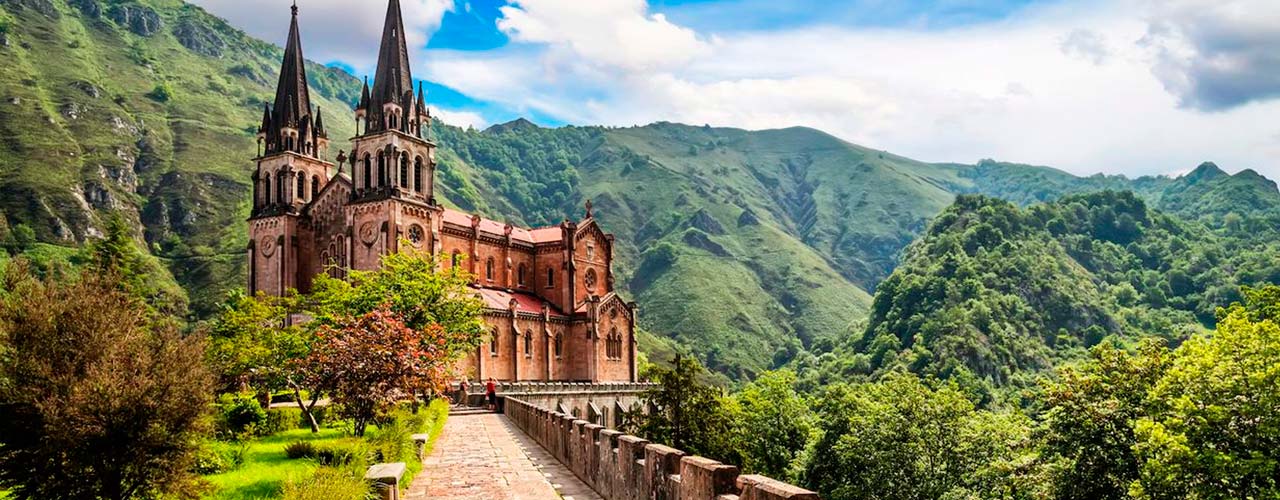
In short, the luxury segment is gradually making its way in Cantabria and Asturias, and forecasts indicate that it will continue to grow in the coming years, so investments in prime product have a long way to go. And reality corroborates this trend, with more demand than supply of real estate, the proliferation of boutique hotels and investment in other associated complementary services.
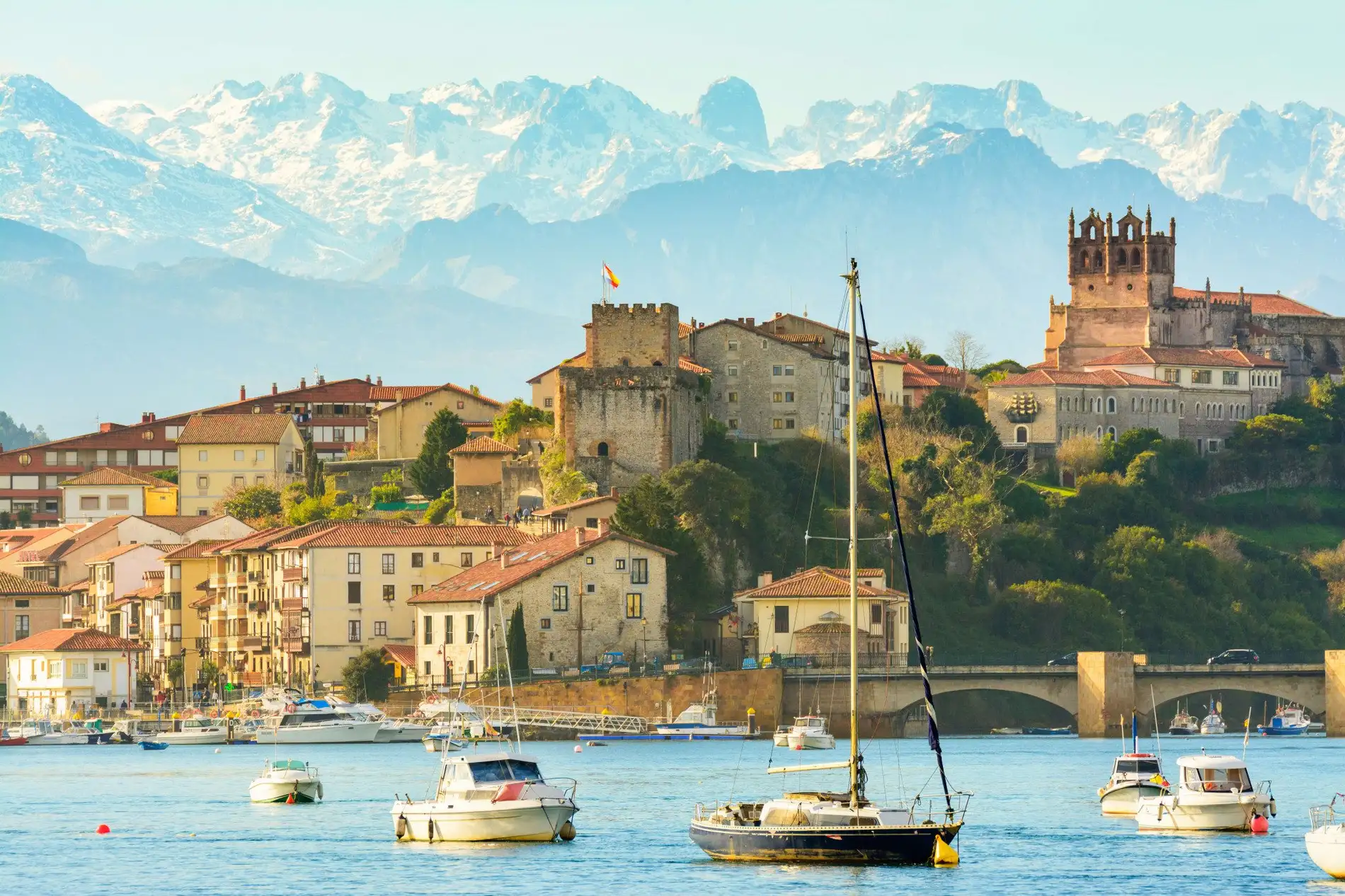
Given the high demand in this area and surroundings, this summer we are going to organize our first open tournament at the Santa Marina golf club, where we will present some real estate news.
Sources:
Instituto Nacional de Estadística (INE), Ministerio de Vivienda y Agenda Urbana, Estadística Registral Inmobiliaria y Centro de Información Estadística del Notariado.
Editor: Juan Carlos Martínez
Juan Carlos is a journalist and has extensive experience in influential media, real estate, economic and financial issues.